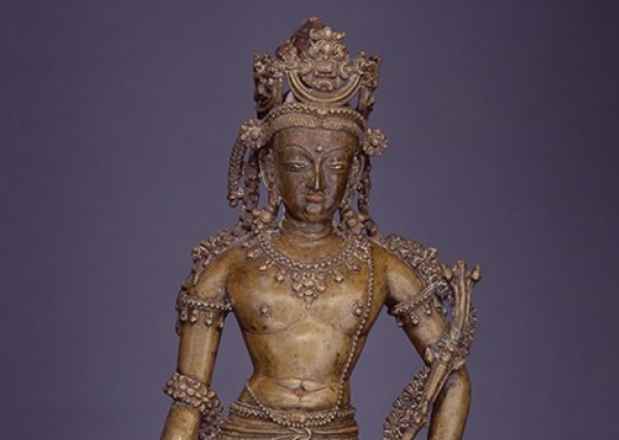“Himalayan Sculpture from the Asia Society Museum Collection” Exhibition
Asia Society and Museum

This event has ended.
The four sculptures on view in the Asia Society Visitor Center come from the Mr. and Mrs. John D. Rockefeller 3rd Collection, which forms a major part of the Asia Society Museum Collection of Asian and Asian American art.
Buddhism has a long history in the Himalayas, the area designated by the impressive mountain range that divides the plains of the Indian subcontinent from the Tibetan plateau. The historical Buddha was born in Lumbini in the Terai plains of southern Nepal. When the tenth- to fourteenth-century sculptures on view here were created, Nepal comprised the Kathmandu Valley and a few outlying areas. The artists were craftsmen of Newari descent who passed their skills from generation to generation and are still famed for their work to this day.
The works on view are representations of bodhisattvas, Buddhist beings who have postponed their own enlightenment so they can help others reach this goal. Their elaborate crowns and jewelry are indicators that they still are part of this world. One of the bodhisattvas is from Tibet, an identification based on the figure’s long garland of flowers which is characteristic of western parts of the country. Two of the sculptures can be identified as Avalokiteshvara, the Bodhisattva of Compassion, by the depiction on their crowns of a small, seated Buddha Amitabha, the Buddha of the Western Paradise. The larger Avalokiteshvara is one of the earliest known Nepalese examples to use semiprecious stone inlays to decorate a sculpture, a practice that began in Nepal and eventually spread to Tibet.
Media
Schedule
from January 28, 2014 to August 03, 2014